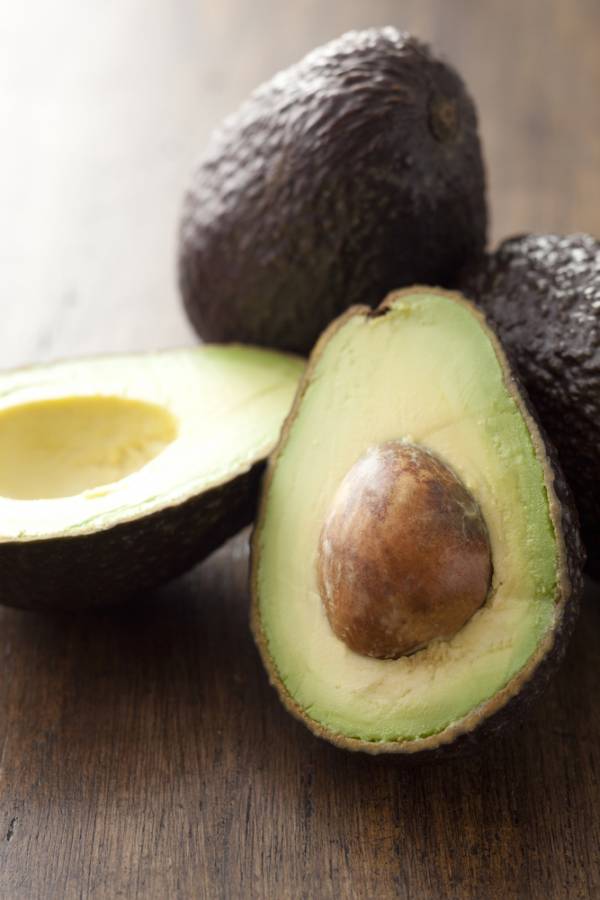I love the amount of discussion recently around the concept of eating for performance. Fuelling your body to be the best athlete you can be, whether you’re just starting out or a regular athlete, is a much healthier and more balanced focus than eating to look a certain way, or even worse, ignoring altogether the impact what you eat has on your performance.
But once you’ve decided that eating to fuel your performance is the way forward, the next logical question is how to eat? What do you actually eat in order to fuel your performance?
Of course this depends on what “performance” means in your given sport. For example carb loading for your early morning yoga class probably isn’t necessary, but then nor is starting a triathlon in ketosis a great idea. However, there are a few basics that all athletes will do well to consider:
1. Eat Enough
Firstly, and most importantly, eating adequate amounts of food to support your activity level is vital to performance. It seems like a no-brainer, yet it is one of the most commonly overlooked pieces of the puzzle. If you’re wondering why you’re not making any progress athletically when you’re eating barely enough to sustain your vital functions, this is the first thing you need to fix. Whilst your body can use existing protein (muscle) and body fat as fuel, to solely rely on these to fuel your athletic performance isn’t an optimum strategy, especially when your body kicks into survival mode assuming food is scarce since you’re depriving it. The combination doesn’t set you up to reach your performance goals.
2. Eat the Right Things
So, once you’ve made sure you’re eating enough to fuel your performance, you can start looking at the macronutrient breakdown. When it comes to energy sources, the two main macronutrients our body can use are carbohydrates and fats. Protein can also be used for energy, but this is a last resort. Unless you’re tired of walking around looking awesomely fit and healthy with all that muscle mass you worked so hard for and want to get rid of some of it, you don’t want to be fuelling your workouts with protein. (Note: What I’m referring to here is your body using your own muscle mass as fuel – it’s not a good idea from a health, metabolic, or aesthetic perspective, the only context in which it is a good idea is when it comes to pure survival.)
 Fat is a great source of fuel for getting you through the day. Assuming everything in your body is in pretty good working order both dietary fat and body fat can be used to fuel your body throughout the day quite well. It is the basic energy source that we have used to sustain ourselves for generations. Whilst body fat is seen as something negative in this day and age, from an evolutionary perspective your ability to store body fat to live off could literally be the difference between survival and death in a particularly barren winter. Whilst the landscape has changed significantly, our bodies haven’t that much, and we can still live pretty well off fat. With regard to dietary fat, different types of fats are more readily available energy sources than others. For example, MCT oil is known to be a readily available energy source. From a health perspective, choosing your fats wisely is important. So eat plenty of avocado, omega-3s, and coconut oil, but steer clear of any vegetable oils or trans fats.
Fat is a great source of fuel for getting you through the day. Assuming everything in your body is in pretty good working order both dietary fat and body fat can be used to fuel your body throughout the day quite well. It is the basic energy source that we have used to sustain ourselves for generations. Whilst body fat is seen as something negative in this day and age, from an evolutionary perspective your ability to store body fat to live off could literally be the difference between survival and death in a particularly barren winter. Whilst the landscape has changed significantly, our bodies haven’t that much, and we can still live pretty well off fat. With regard to dietary fat, different types of fats are more readily available energy sources than others. For example, MCT oil is known to be a readily available energy source. From a health perspective, choosing your fats wisely is important. So eat plenty of avocado, omega-3s, and coconut oil, but steer clear of any vegetable oils or trans fats.
3. Carb Up if Your Sport Demands It
It is however generally more difficult for our bodies to meet high energy demands rapidly using only fat, so for challenging athletic pursuits (triathlons, team sports, CrossFit, weightlifting, marathon running, and most others you can think of) it often makes sense to pre-load our bodies with the most readily available energy source, carbohydrates. This is what many people refer to as carbing up or carb loading.
The general concept is to get as much glycogen into your muscles as possible so they’re ready to go when you need them. This is usually done in the lead up to a big race or competition by athletes, and involves intake of significant carbohydrates days before the event. But the same concept can also be used effectively on a more regular basis in preparation for hard training sessions, because the harder you can push yourself in training, the better results you’ll see. This is usually done with a more moderate carbohydrate intake on a more frequent basis (several times a week), simply to ensure that glycogen stores are available but trying to avoid intake of excess carbohydrates that would be stored as fat. The amount of the carbohydrate loads and frequency are different for each individual, based on his or her training regime and sport of choice. But with some experimentation and listening to your body, you can refine to suit your performance goals.
 Then finally there is the choice of carbohydrate sources – from naturally occurring fruits and vegetables to highly processed junk. Whilst I’m not one to demonize an occasional indulgence, carb loading should not be an excuse to consistently make poor food choices. Nature provides plenty of good quality starches for our consumption, so my first preference will always be for the natural sources, rather than products with a scarily long ingredients list of unidentifiable extras. Generally starchy carbohydrates are considered to be a better option than fruits when it comes to carb loading because they tend to load glycogen more efficiently. So my top pick to carb up when I need to fuel my performance is, without a doubt, sweet potato.
Then finally there is the choice of carbohydrate sources – from naturally occurring fruits and vegetables to highly processed junk. Whilst I’m not one to demonize an occasional indulgence, carb loading should not be an excuse to consistently make poor food choices. Nature provides plenty of good quality starches for our consumption, so my first preference will always be for the natural sources, rather than products with a scarily long ingredients list of unidentifiable extras. Generally starchy carbohydrates are considered to be a better option than fruits when it comes to carb loading because they tend to load glycogen more efficiently. So my top pick to carb up when I need to fuel my performance is, without a doubt, sweet potato.
So there are your three nutrition basics for fuelling performance. It doesn’t have to be too complicated. Eat enough, eat the right things, and carb up (intelligently) if your sport demands it.
Keep an eye out for my next article where we’ll talk in more detail about my favorite carb source, the sweet potato.
Photos courtesy of Shutterstock.






